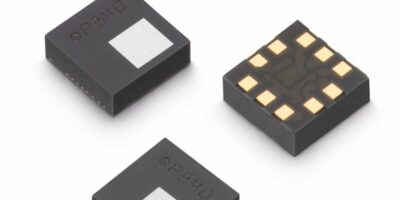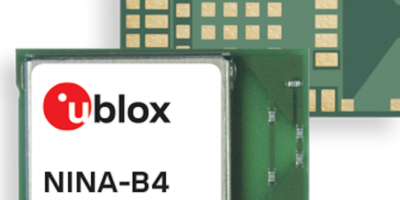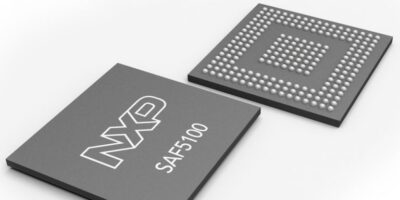A compact MEMS-based absolute pressure sensor by Würth Elektronik eiSos measures 2.0 x 2.0 x 0.8mm. The Wsen-Pads measures pressure in the range between 26 and 126kPa. Its output data rate can be selected between one and 200Hz. The sensor contains an ASIC and a temperature sensor. This means the output values are already calibrated.
The Wsen-Pads absolute pressure sensor offers the possibility of preparing the measured data for various applications using integrated algorithms that can be activated in such a way that the programming workload for a connected controller is greatly reduced. The measured data can be read out via a standard I²C interface. The I²C interface is extended by an additional interrupt pin whose function can be modified by the user. An application example is using the pressure sensor as an altimeter. The high resolution means the sensor can provide information that enables the position of individual floors in buildings to be mapped for an indoor navigation system. Wsen-Pads is slim, making it suitable for mobile devices. The low power operation means it is possible to supply it with batteries or even energy via energy harvesting.
The piezo resistive sensor is specified for an industrial temperature range from -40 to +85 degrees C. Würth Elektronik also offers a tailored evaluation board.
The sensor is available from stock without a minimum order quantity.
Würth Elektronik eiSos is a manufacturer of electronic and electromechanical components for the electronics industry. The company is one of the largest European manufacturers of passive components and is active in 50 countries. Production sites in Europe, Asia and North America supply a growing number of customers worldwide.
The product range includes EMC components, inductors, transformers, RF components, varistors, capacitors, resistors, quartz crystals, oscillators, power modules, wireless power transfer, LEDs, sensors, connectors, power supply elements, switches, push-buttons, connection technology, fuse holders and solutions for wireless data transmission.







